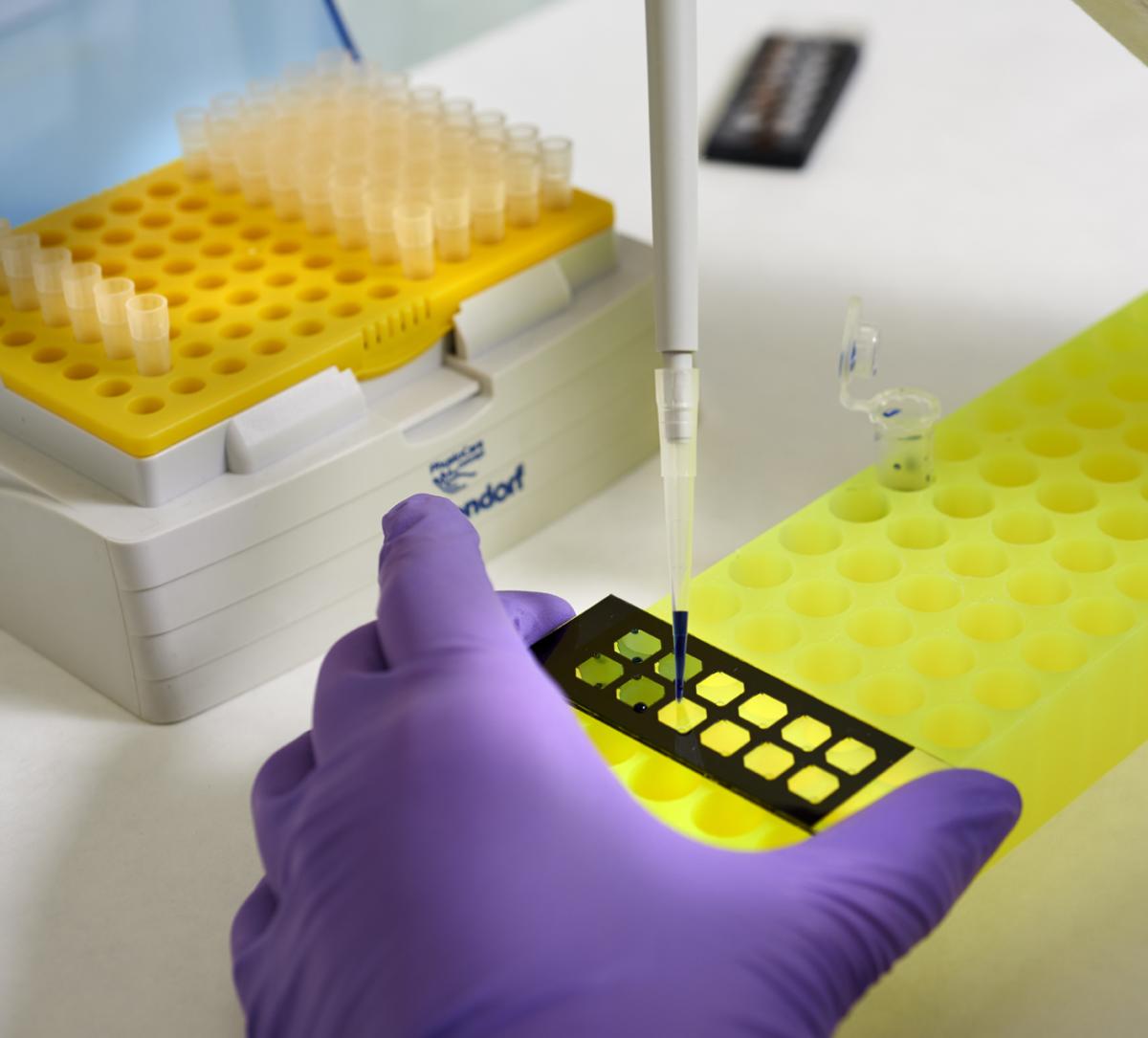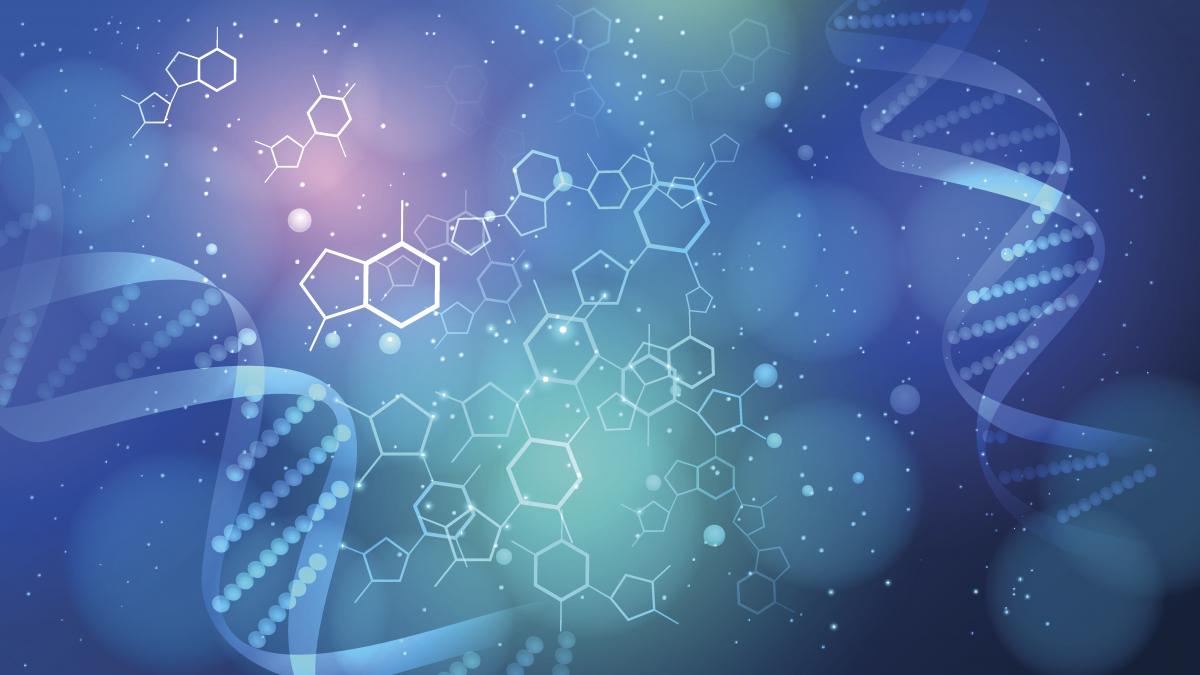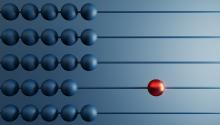Life-saving cancer breakthroughs are in the DNA of LXRepair

LXRepair will present to global investors its new approach to personalised cancer therapies at the Campden Wealth MedTech Investing Europe Conference in September 2020.
The French medtech company is pioneering the development of functional comprehensive DNA repair and DDR assay and has researched the science behind DNA repair mechanisms and in vitro diagnostics for cancer over the past 25 years.
Dr Sylvie Sauvaigo (pictured) founded LXRepair, a spin-off of the French Alternative Energies and Atomic Energy Commission (CEA), in 2013. She started her career as project manager at Cisbio International where she developed innovative diagnostic assays for infectious diseases. She joined CEA where she focused on DNA damage and DNA repair. She led a group in the Technologies for Health programme to develop first-of-its-kind technology for DNA Repair characterisation.
The graduate of the INSA School of Engineering and the University of Grenoble runs LXRepair, based in La Tronche, and is responsible for R&D and clinical programmes.
Ahead of engaging with investors at the virtual 30th Campden Wealth MedTech Investing Europe Conference, on the rescheduled dates of 21-22 October, 2020, Sauvaigo tells CampdenFB about the compelling details, proof, costs and returns on the life-saving therapies LXRepair is bringing to market.
Why does personalised therapy in oncology by LXRepair achieve better patient outcomes than standard therapy?
LXRepair provides tools, called in vitro diagnostics (IVD) that help identify, with high chances of success, the categories of patients who will respond positively to the proposed therapies.
Cancer is a heterogeneous disease. Each cancer type can be divided into different sub-types that present distinct biological features. Depending on these features, medical treatments can then be tailored or chosen on a rational basis to be the most efficient for each patient.
 LXRepair has invented a new way of determining categories of patients based on biomarkers related to very important biological systems: DNA repair mechanisms.
LXRepair has invented a new way of determining categories of patients based on biomarkers related to very important biological systems: DNA repair mechanisms.
LXRepair tackles the most widely used treatments in the world: traditional radiotherapy (RT) and chemotherapy (CT) that have been prescribed for more than half a century as a first line therapy, without selecting the responding patients.
Patients treated by RT or CT experience up to 15% severe toxicities and 30% resistance. Today, thanks to the tremendous progresses accomplished by the pharma industry, there are alternatives to these treatments. With LXRepair tools, a selection can be done to orientate patients at risk for life-threatening adverse effects or resistance, toward more effective treatments.
Consequences of this personalised approach are decreased failures of traditional treatments, and accelerated chances of success with new therapeutic strategies, for millions of patients per year.
 How does it work?
How does it work?
DNA repair biological mechanisms are responsible for toxicities and resistance to traditional cancer treatments, radiotherapy and chemotherapy. We have devised a new diagnostic system that mimics these mechanisms on biochip.
They are normally active on the DNA in the nucleus of the cells, where they repair DNA lesions. We managed to have them operate on biochip, to observe their behaviour.
From a simple patient blood sample, or from a biopsy, we prepare an extract containing the DNA repair material of the cells that we put on the biochip. The elements contained in the extract recognise the lesions immobilised on the biochip, and while repairing them, introduce some fluorescence that we detect using a small scanner machine.
We obtain DNA repair profiles composed of several signals that characterise each patient with a unique signature; we then identify common features among patients that are associated with different clinical outcomes.
 Why is the clinical need for LXRepair’s innovation so great?
Why is the clinical need for LXRepair’s innovation so great?
The vast majority of patients suffering from prostate and breast cancer treated by RT as first line therapy will be cured. These treatments do work, they offer patients a longer life. But that does not mean that severe drawback effects or therapeutic failures must be accepted. We need to do something about that. We don’t want good treatments, we want the best treatments. That’s possible today because we have the choice between several therapeutic options.
Patients treated by RT are excluded from the progresses of personalised medicine as no biomarkers exist to predict their response to traditional therapies. They have to take toxic treatments for weeks or months before they learn their first line therapy has failed.
That situation is unfair for the patients and unacceptable for the doctors. LXRepair aims at offering these patients new stratification tools, so they can start first-line therapy with the most safe and effective drug.
 What is the feedback on personalised therapy in oncology from independent practitioners?
What is the feedback on personalised therapy in oncology from independent practitioners?
The Key Opinion Leader with who we conducted our clinical proofs-of-concept (POC) is indeed enthusiastic about the approach and about the results of the first clinical POC, conducted on patients suffering from prostate and breast cancer. We ordered an independent market study to professionals, to evaluate the interests of radiotherapists, from European countries and the United States, for LXRepair solution. They are all aware of the limitations of the existing technologies, and all (20/20) agreed on the high relevancy of LXRepair approach for the radiotoxicity application. They confirmed the high interest and the strong demand for such assays.
Moreover, our assays performances are even better than the specifications required by the radiotherapist to adopt the tests. We are thus very confident in the market potential of such predictive tools.
 Is LXRepair’s innovation likely to be cost effective for healthcare providers?
Is LXRepair’s innovation likely to be cost effective for healthcare providers?
Several parameters must be taken into consideration regarding that point.
Management of severe late toxicity or resistance to RT-CT cost €20,000 ($21,636) as a mean per patient. The cost of the treatment itself is more or less €10,000 ($10,818). Drawback effects, concerns about 10% of patients (breast, prostate and Head & Neck (H&N) cancers) i.e. 300,000 patients per year in Europe and the US. That represents a cost of at least €6 billion ($6.4 billion) per year for health systems. This is a waste of money.
We want our innovation to benefit to all patients and to be widely adopted. That’s our first concern. The preliminary medico-economical study we conducted showed that a test price between €800-1,500 ($865-1,622) per patent would be acceptable, and highly beneficial for health systems.
Drawback effects are very detrimental to the chances of recovery for patients and discouraging for oncologists. It’s complicated to integrate these parameters into the cost calculation, but we must also consider them.
 Could LXRepair’s venture in oncology be of benefit against other diseases?
Could LXRepair’s venture in oncology be of benefit against other diseases?
Our first product aims at predicting severe radiotoxicity events and will be declined for prostate, breast and H&N cancers. But DNA repair mechanisms are also responsible for resistance to RT and CT. The second product range of LXRepair aims at predicting resistance to these treatments.
So we have a whole pipeline of products. It will be declined for several cancer types and several indications, notably extended to lung cancer.
On another hand, pharma companies are very active in the domain of a new class of drugs, DNA repair inhibitors. Several of them are already on the market (PARP inhibitors for ovarian cancers), and different strategies are developed to expand this market. LXRepair has started several programs to validate biomarkers that predict responses to these promising therapies.
The 2015 Nobel price shed light on DNA repair mechanisms for their role in cancer; they are recognised as of major importance in oncology. LXRepair holds a unique position in that landscape and wants to take this opportunity to build a strong company and a large financial success story.
 How can investors get involved with LXRepair?
How can investors get involved with LXRepair?
We want to build a sustainable, worldwide business. Up to now the company has reinforced technological and biological assets to demonstrate its capabilities and secure intellectual property. Several assays are ready, the interest was demonstrated for several applications, and now we have this first successful clinical POC.
We need to rapidly confirm this POC on a larger cohort (1,500 patients) to get the CE-marking by the end of 2022 and immediately start worldwide business. We need resources to finalise our demonstration on a large scale and access to the market through sales of IVD and Research Use Only (RUO) kits, partnership, and licensing.
_0.png) What kind of returns could investors expect?
What kind of returns could investors expect?
Our first IVD kit will be released at the end of 2022; the market potential for the two first indications (prostate and breast cancer) is greater than €1 billion ($1.08 million).
LXRepair will be profitable in five years; €10 million ($10.8 million) revenues are foreseen.
Expected and most probable exit is to be acquired by a big IVD company that want to enrich its product portfolio (Exact Sciences, Thermo Fischer scientific); it can become possible after first CE marking.






